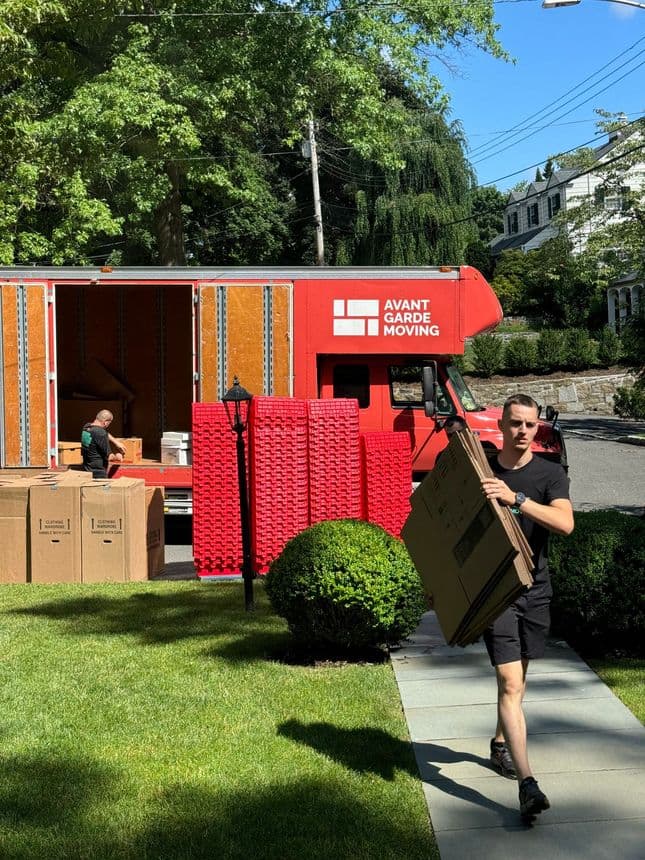
Moving from NYC to Raleigh: A Practical Guide for a Big Change
Planning a move from New York City to Raleigh? Learn about cost savings, Research Triangle opportunities, neighborhood options, and how to make this 500-mile relocation feel organized instead of overwhelming.










